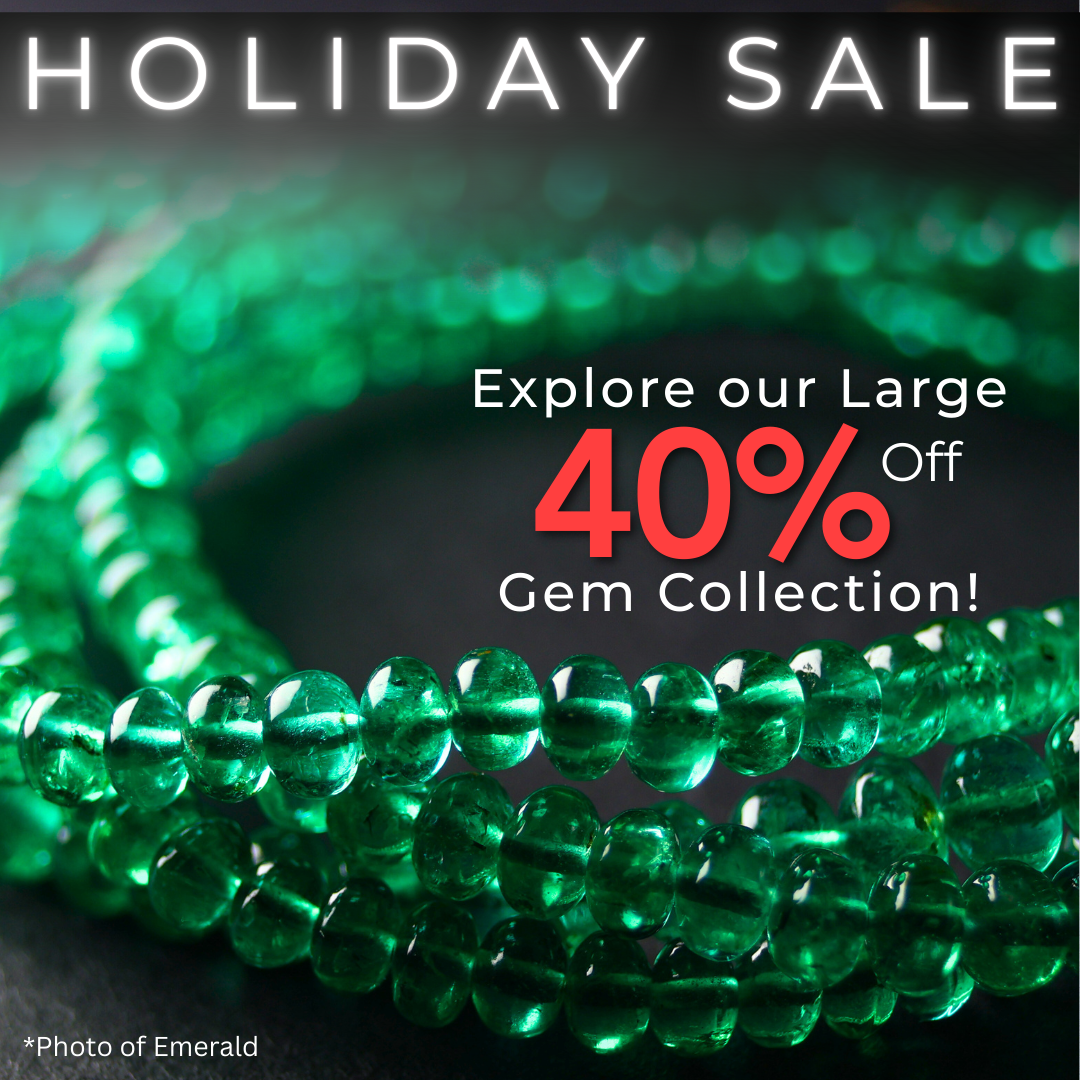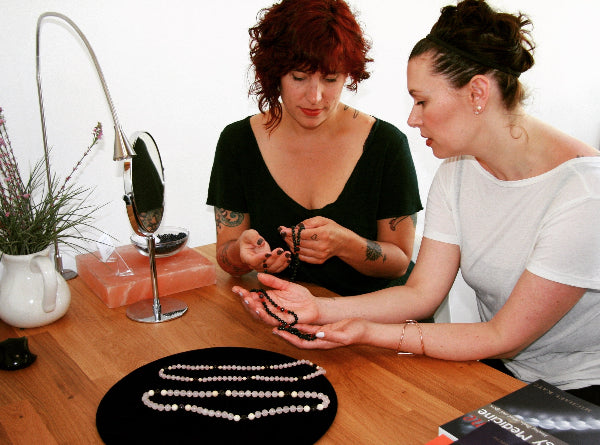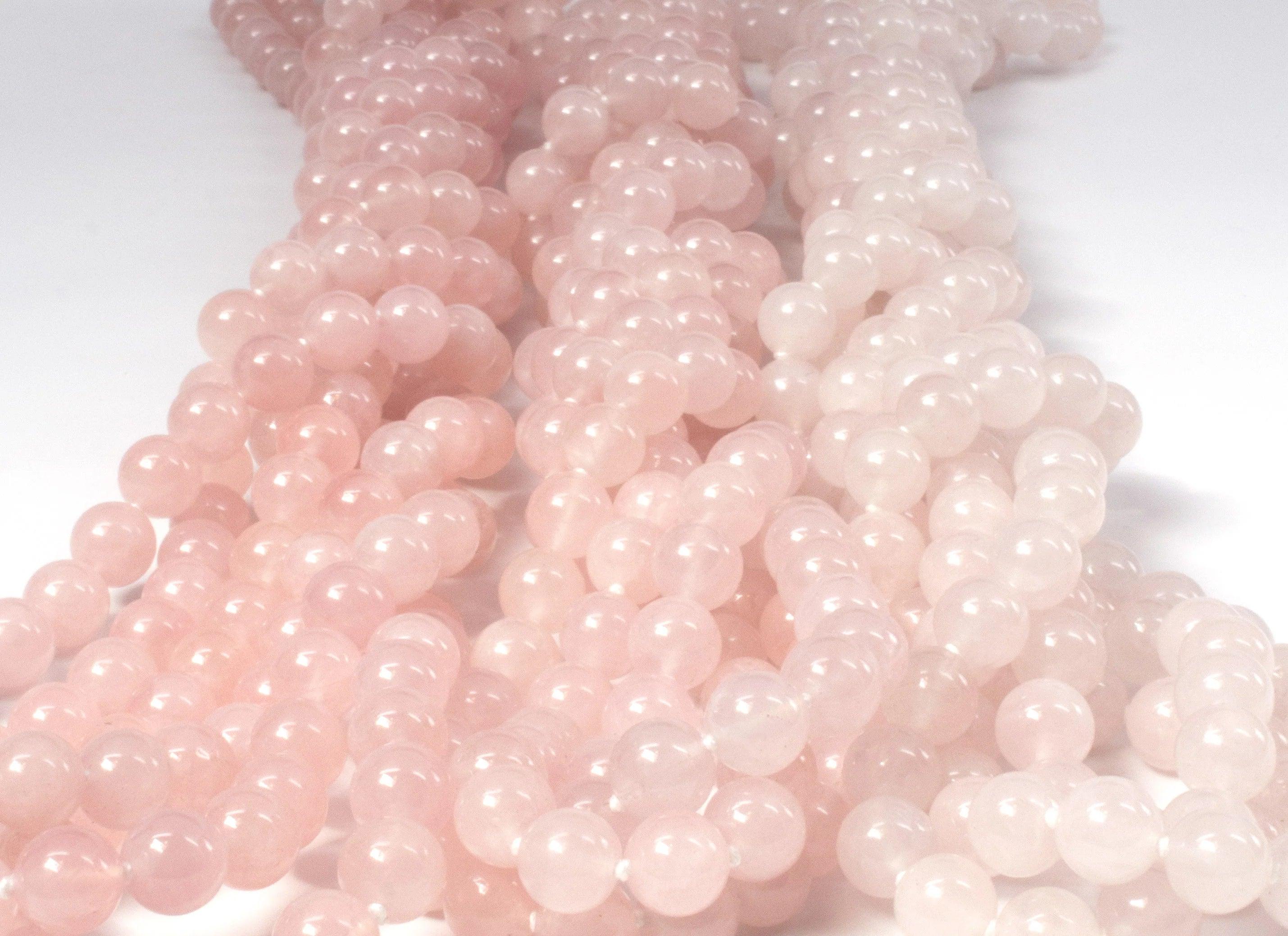Lessons from Yellow Sapphire
Interview with Gemisphere Founder Michael Katz
Gemisphere recently obtained what founder Michael Katz calls “the most incredible Yellow Sapphire I’ve ever seen.” Senior Editor Katherine Hall sat down with Michael to find out why he’s so excited about this particular batch of gems and what we can learn from them.
What makes Gemisphere's Yellow Sapphire so special—and this batch so exceptional?
As Gemisphere fans know, we are continually combing the planet to find gemstones that meet our extremely high standards for therapeutic quality. Such gems are not common, and they can be really challenging to find. So, when we come across gems that exceed even our expectations, I get excited.
These new gems come from a mine in Kenya that has been closed for some years but was known to produce the planet’s finest quality Yellow Sapphire. We have had the great fortune to obtain a parcel of about 2,500 carats that was set aside when the mine was closed—and what might be the last from this mine. Yellow Sapphire like this—completely natural and untreated—is virtually impossible to find now.
Moreover, it turns out that within this parcel was a small amount of utterly magnificent Yellow Sapphire. In all my years of searching for this gem, I’ve never seen natural Yellow Sapphire of this quality. What is so absolutely special is not only its sparkling clarity—it is highly candescent—but its color. It is a deep, saturated, pure yellow—a perfect color for the gemstone carrier of the yellow color ray.
Of course, the higher the quality of a gemstone—that is, the deeper and truer its color and clarity—the more therapeutic power it provides. For the first time, we are able to offer Yellow Sapphire necklaces of Exquisite+++ quality. Until now, we’ve never had enough gems to make a single necklace! Now we can offer several.

Why is it so important that gemstones are free from certain treatments when we use them therapeutically?
Yellow Sapphire is a great example of why it’s essential to use authentically therapeutic-quality gems for therapeutic purposes. It also illustrates how easy it is to be fooled when someone buys gems based only on their appearance.
Virtually all of the Yellow Sapphire on the market today has been artificially enhanced to make low-quality gems look high in quality. A common treatment uses beryllium to turn greenish or muddy-Yellow Sapphire bright yellow for this purpose. This treatment is very toxic to the gems. It not only renders them nontherapeutic, but when these gems are worn, they can actually be harmful to the aura. The vibration of the beryllium’s toxicity, which never leaves the gem, is radiated into your body and aura.
Artificial treatments can mask a lower-quality gem’s true, nontherapeutic character. The gems may look beautiful, but their appearance is deceiving. This has another effect that we don’t often talk about. It is caused by the clash between the gem’s appearance and the reality of its energy. The mind will expect the beautiful gem to radiate healing energy, but deep within you’ll sense that it’s a false front. This inner conflict itself can be disruptive.
A certain kind of heat treatment used on Yellow Sapphire isn’t necessarily harmful. It melts the gems’ inclusions, or flaws, and can improve its color. Although this treatment doesn’t render the gems nontherapeutic, the gemstones’ energy will still reflect the stones’ original lower quality.

Is this kind of heat treatment used on Gemisphere’s Yellow Sapphire?
No.
All of Gemisphere's Yellow Sapphire—not just this new batch—is completely natural and untreated.
That makes us unique, by the way!
When our Yellow Sapphire stones have left their cradle in the Earth, we cut, shape, and polish them. That is all. The gems come to you essentially as the planet formed them—full of concentrated energy and ready to work for you.
What are some uses for natural, therapeutic Yellow Sapphire?
Wearing a Yellow Sapphire necklace can help protect your DNA from the damage caused by harmful solar energies and the ever-increasing electromagnetic radiation we’re exposed to every day. Its yellow ray is tremendously supportive for your skin and digestive system.
This is a great time of year for Yellow Sapphire, as we’re entering summer and naturally getting more sun exposure. Of course, don’t forget your sunscreen!
VIEW YELLOW SAPPHIRE
Yellow Sapphire 6001 is the star of the images in this blog post.
NOTE: This particular necklace has been sold, but its beautiful siblings still await their new homes.





